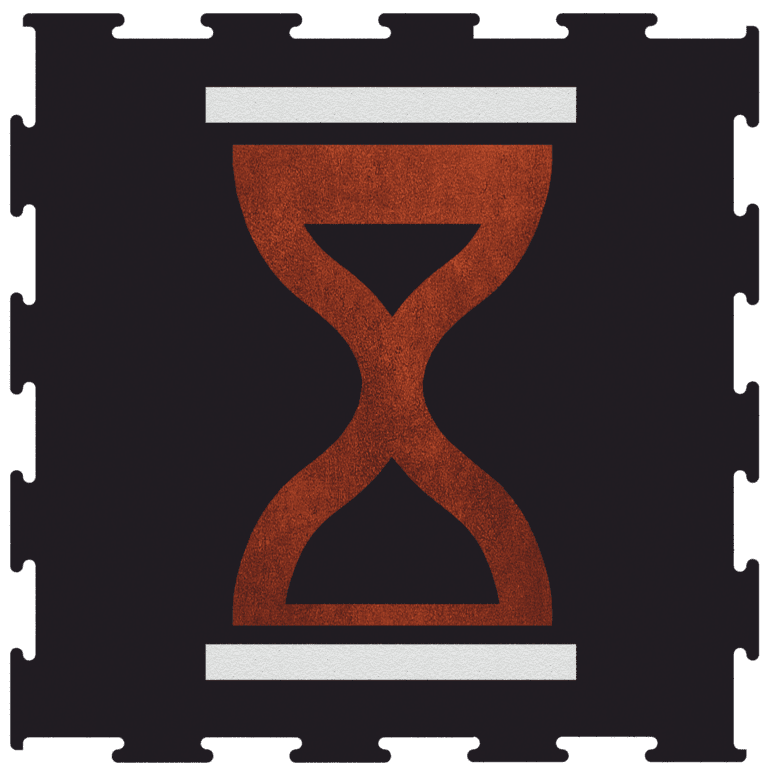Patterns
IPHONE
by Steve Jobs
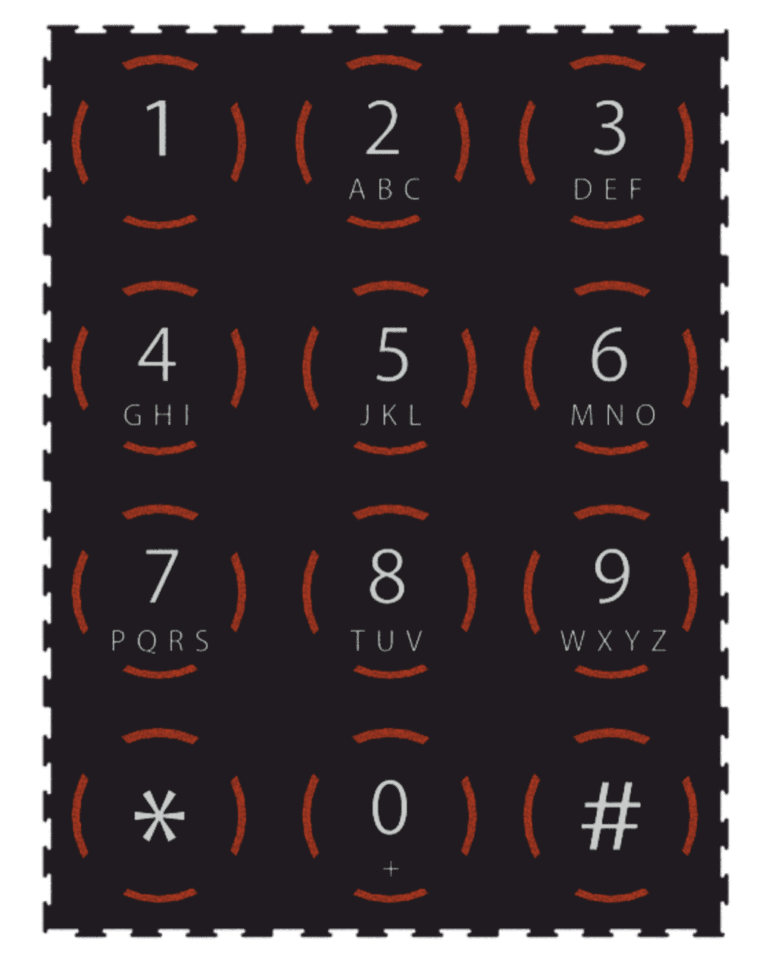
Jumping, dial your husband’s, wife’s number, call a friend, writean sms 🙂
The history of iPhone began with Steve Jobs’ vision and presented a real revolution in the telecommunications industry, and then mobile applications and games industry. The shape and appearance of the device is assigned to Apple’s Chief Design Officer, Jonathan Ive.
On January 9, 2007, Steve Jobs announced iPhone at the Macworld convention, receiving substantial media attention.
Calculator Macintosh
1984 by Chris Espinosa
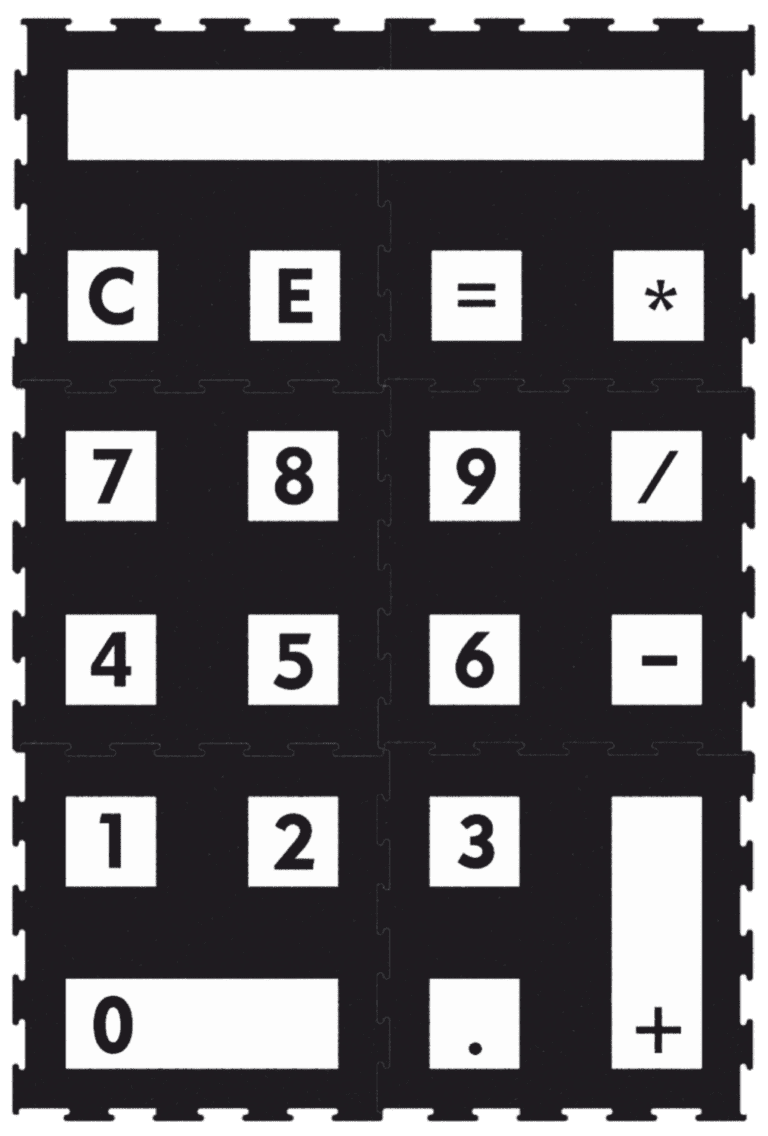
Here’s what Andy Hertzfeld, an original Macintosh team member, told Steve Jobs biographer Walter Isaacson about the design process: Chris Espinosa kept refining (the calculator] in response to Jobs’s critiques, day after day, but with each iteration came new criticisms. So finally one afternoon, when Jobs came by, Espinosa unveiled his inspired solution: „The Steve Jobs Roll Your Own Calculator Construction Set.” It allowed the user to tweak and personalize the look of the calculator…
Instead of just laughing, Jobs plunged in and started to play around with the look to suit his tastes. After about ten minutes he got it the way he liked. His design, not surprisingly, was the one that shipped on the Mac and remained the standard for fifteen years.
TELEPHONE
by Alexander Graham Bell
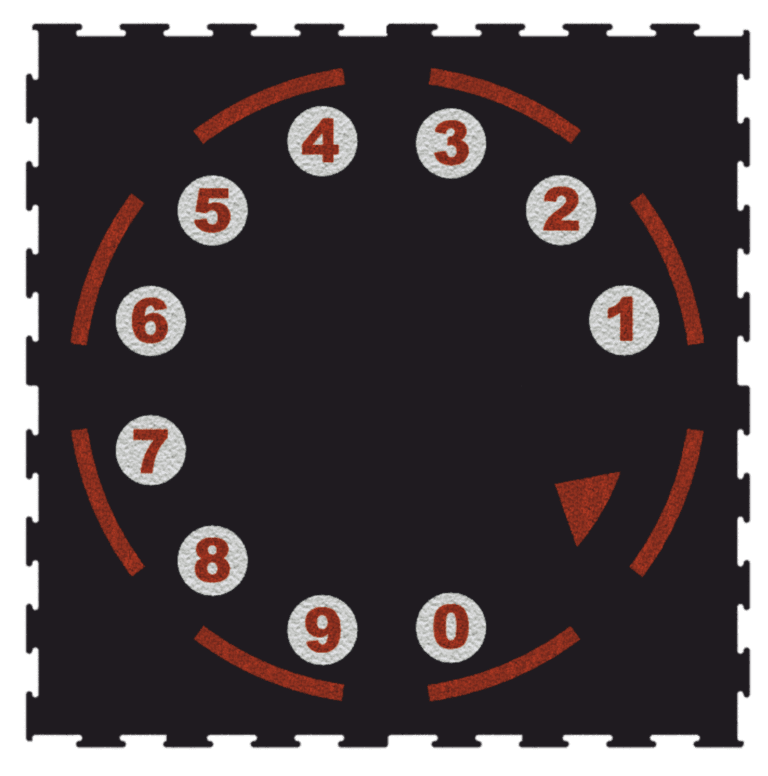
CLOCK
by Adrian Philippe

Points

COMPASS ROSE
by Cresques Abraham

MORSE CODE
by Samuel F. B. Morse
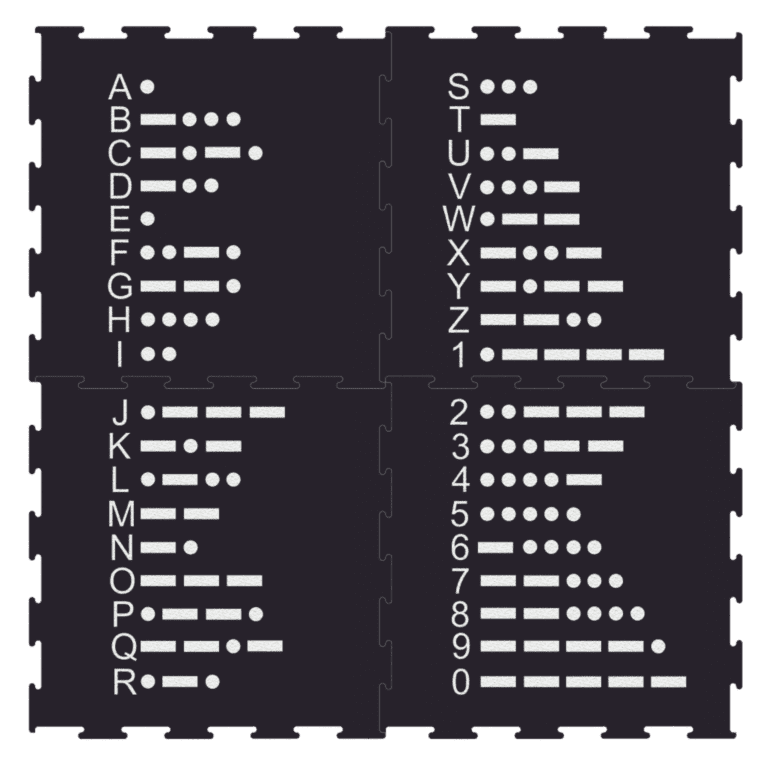
Morse code is a character encoding scheme used in telecommunication that encodes text characters as standardized sequences of two different signal durations called dots and dashes or dits and dahs. Morse code is named for Samuel F.B. Morse, an inventor of the telegraph.
Each Morse code symbol is formed by a sequence of dots and dashes. The dot duration is the basic unit of time measurement in Morse code transmission. The duration of a dash is three times the duration of a dot. Each dot or dash within a character is followed by period of signal absence, called a space, equal to the dot duration. The letters of a word are separated by a space of duration equal to three dots, and the words are separated by a space equal to seven dots. To increase the efficiency of encoding, Morse code was designed so that the length of each symbol is approximately inverse to the frequency of occurrence in text of the English language character that it represents. Thus the most common letter in English, the letter „E”, has the shortest code: a single dot. Because the Morse code elements are specified by proportion rather than specific time durations, the code is usually transmitted at the highest rate that the receiver is capable of decoding. The Morse code transmission rate (speed) is specified in groups per minute, commonly referred to as words per minute.
Morse code is usually transmitted by on-off keying of an information carrying medium such as electric current, radio waves, visible light or sound waves. The current or wave is present during time period of the dot or dash and absent during the time between dots and dashes.
Morse code can be memorized, and Morse code signalling in a form perceptible to the human senses, such as sound waves or visible light, can be directly interpreted by persons trained in the skill.
FEETS
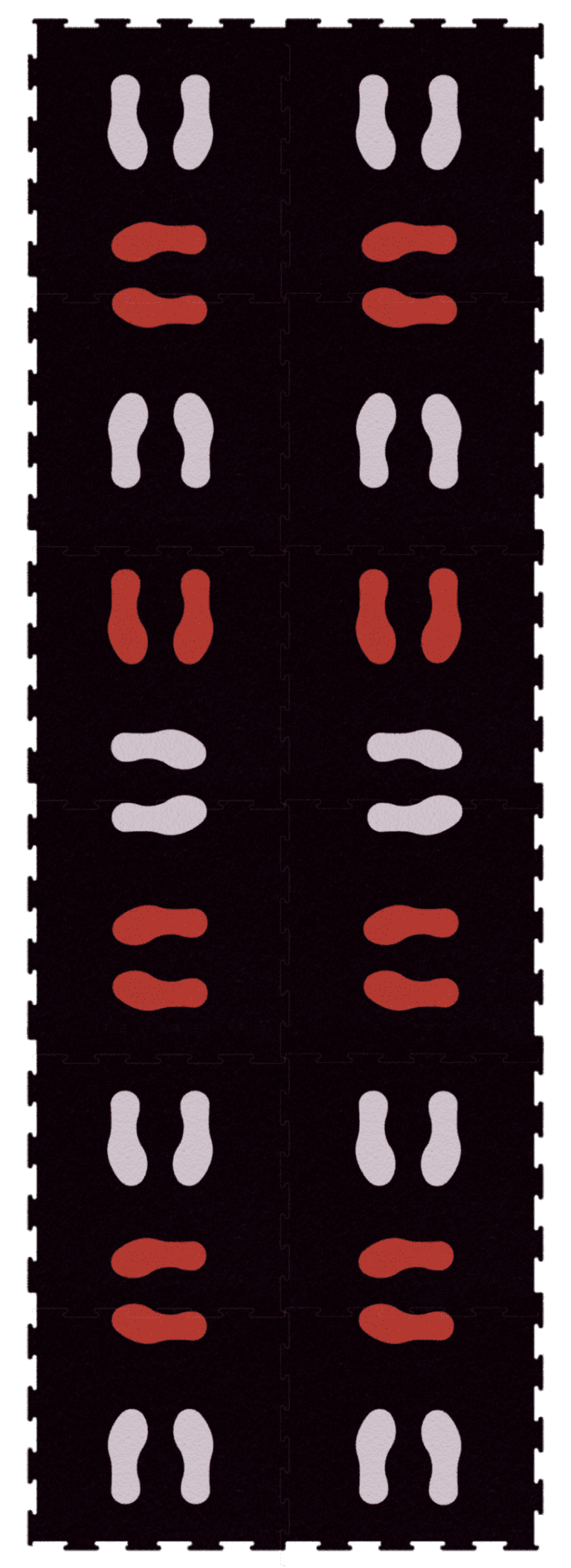
GEOMETRY
by Euklides

Figures
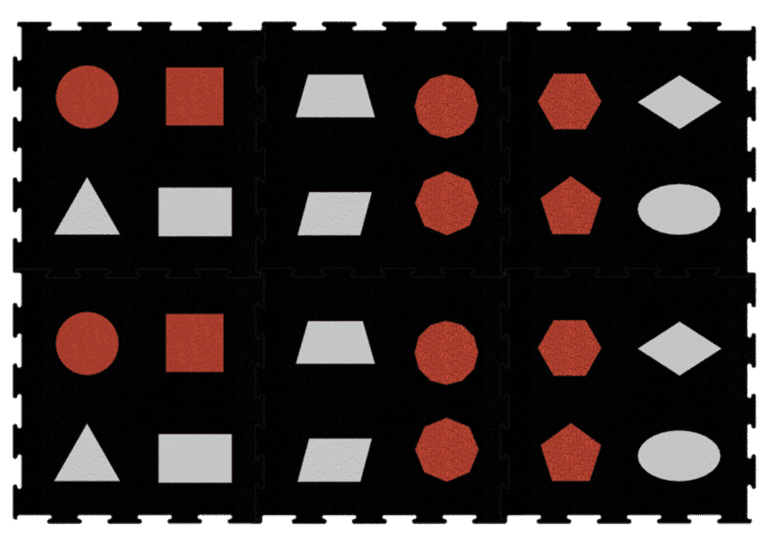
CHESS
by Bobby Fischer

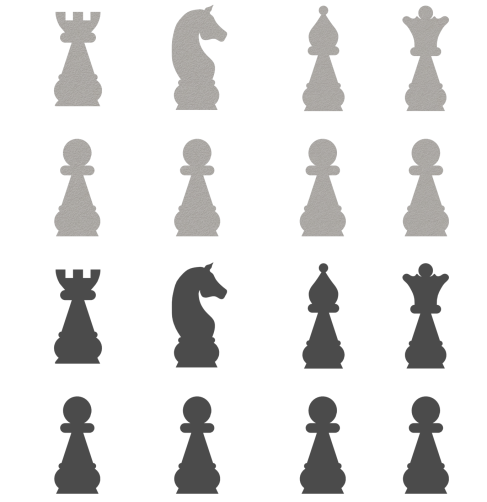

CHESS
by Bobby Fischer
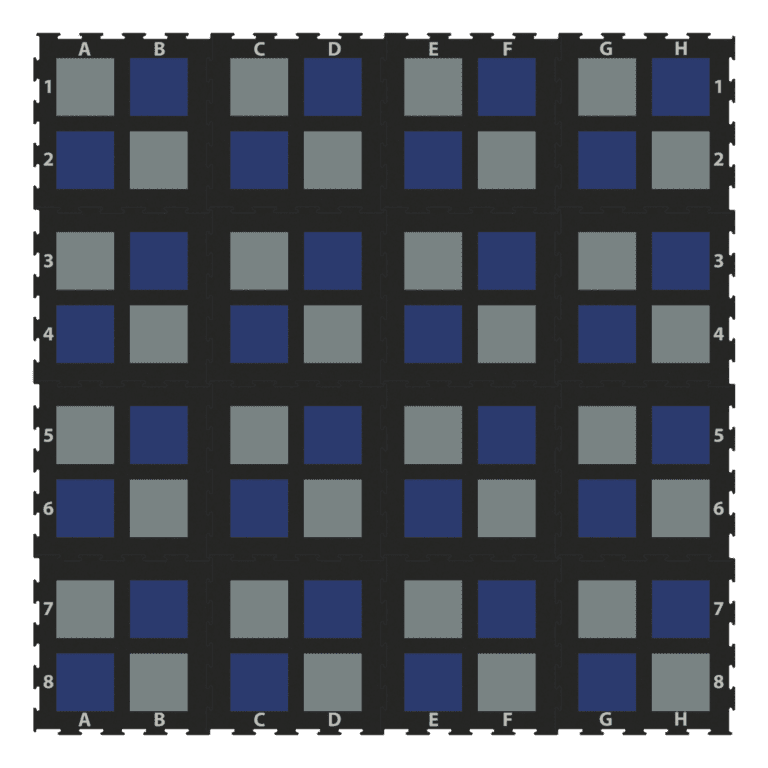
CHINESE GAME
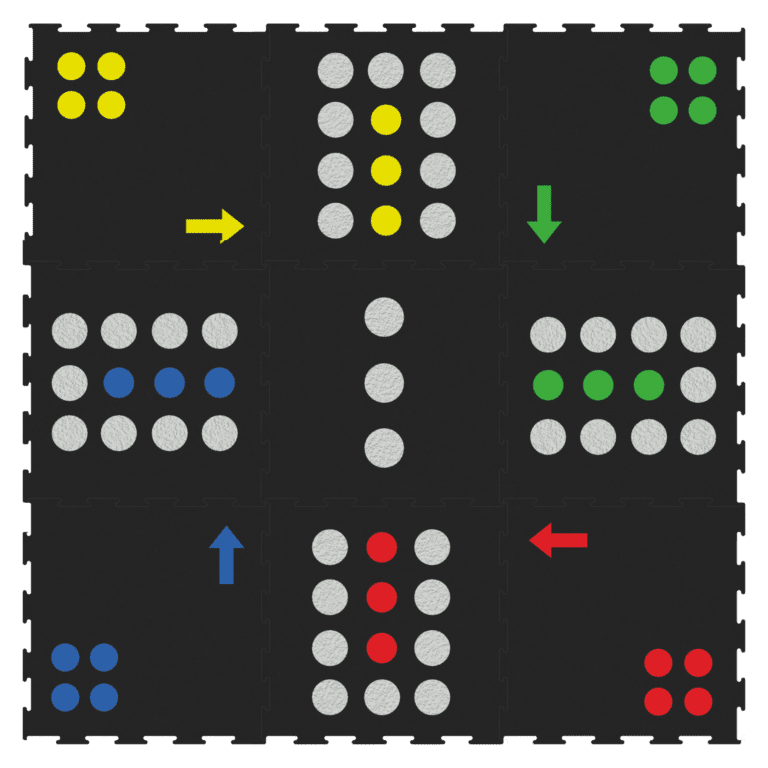
TRAINING ZONE
Cardio ZONE

Functional ZONE

Group Training

Mp3 music zone

Logos
Google logo
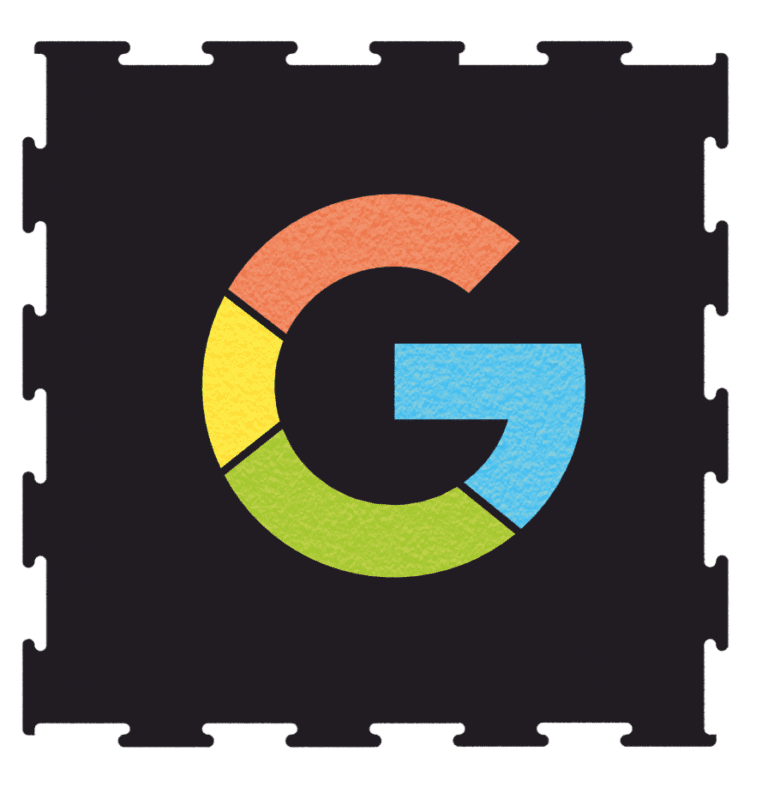
apple logo

Google logo

apple logo

Kids fun
Disney
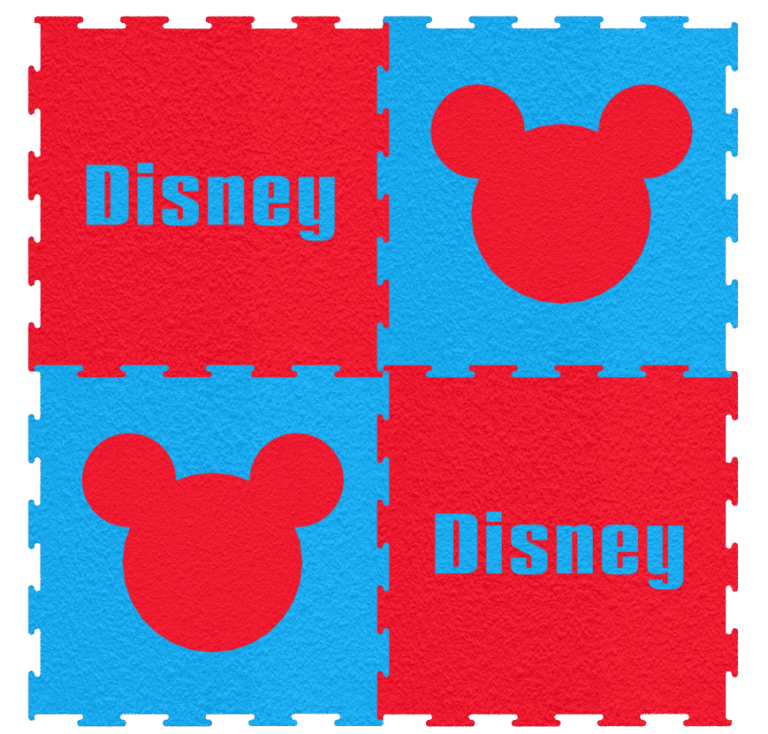
apple kids

hello kitty

dragons
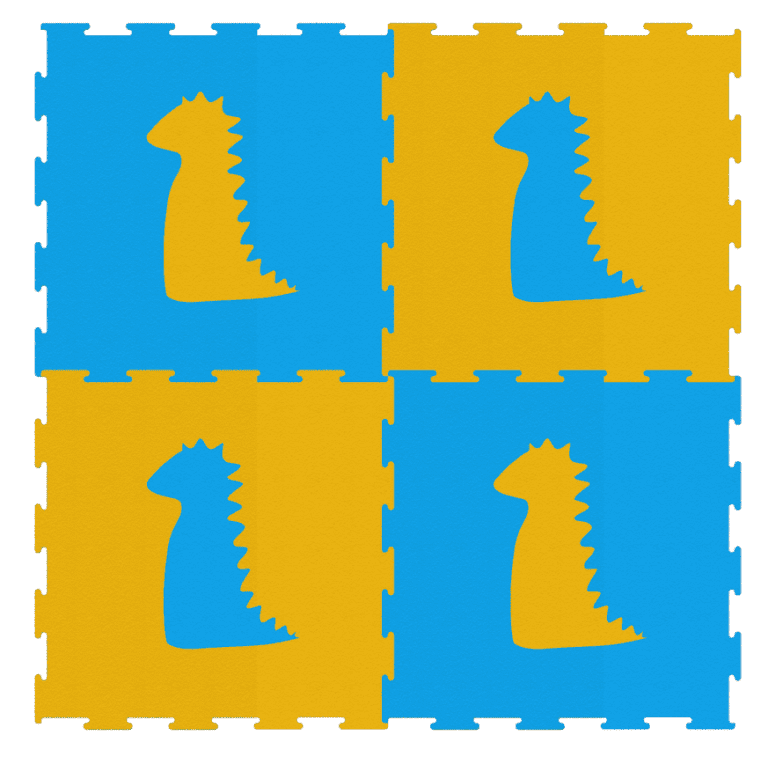
Kids fun
kids feets

hopscotch

Disney
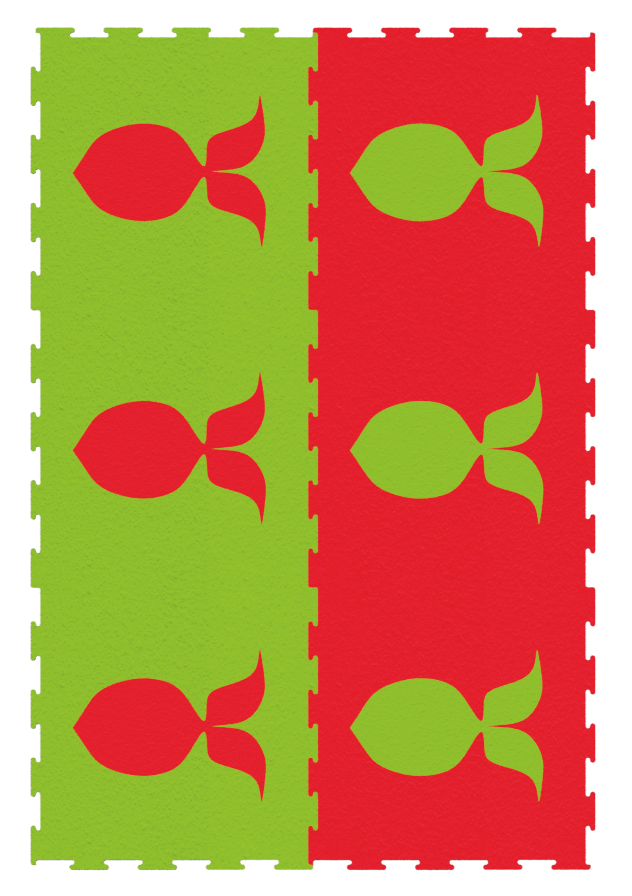
Quincy logo

LOGO OF YOUR CLUB

Quincy
symbol

Sing-line
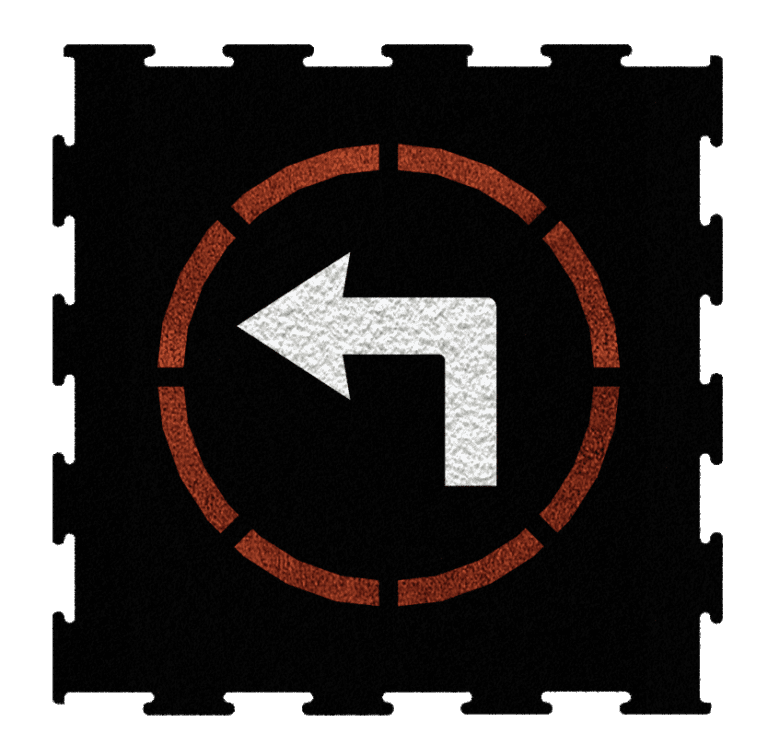
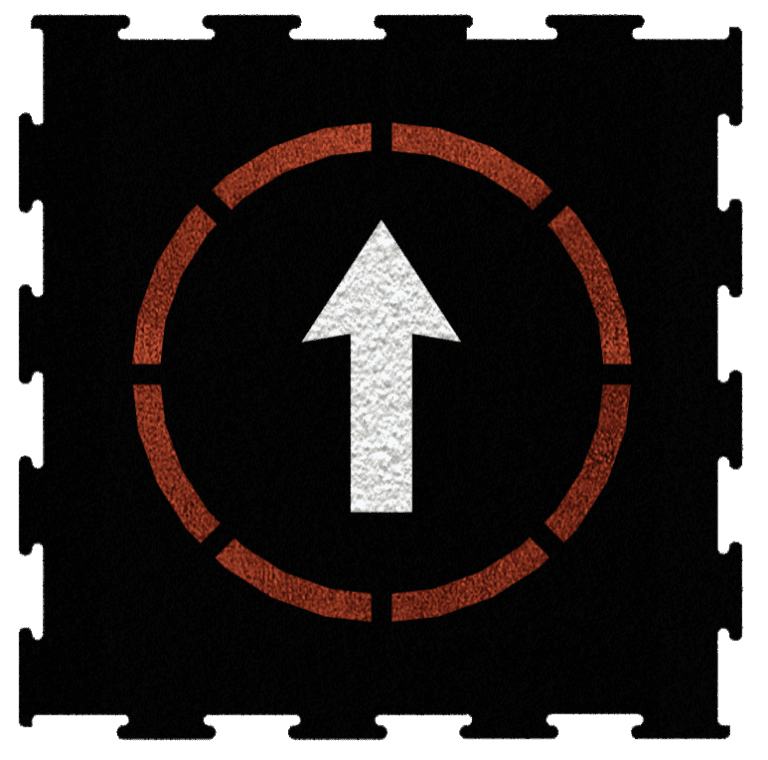

Road sign

Wi-fi zone
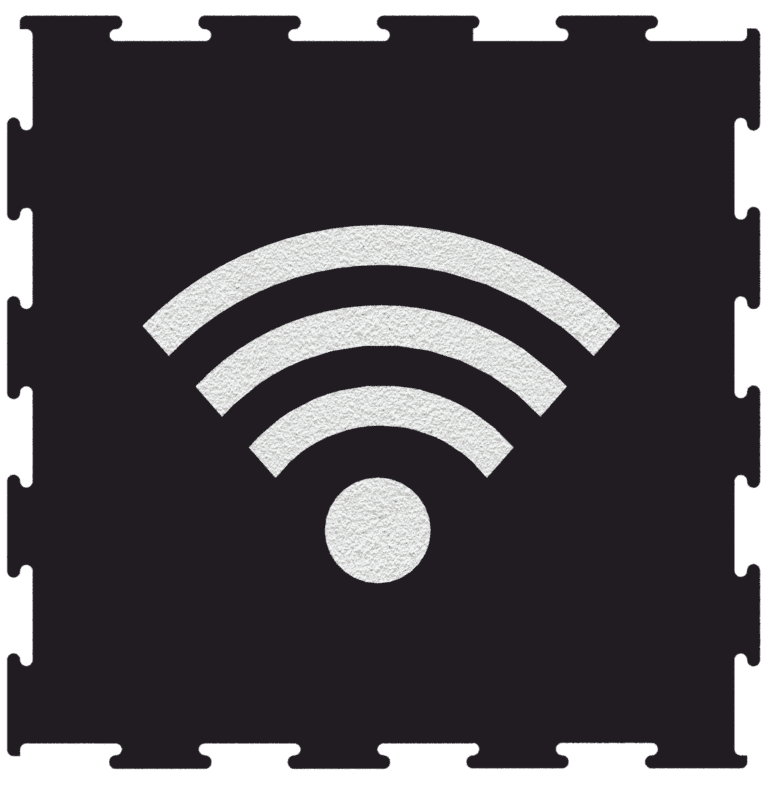
tic tac toe
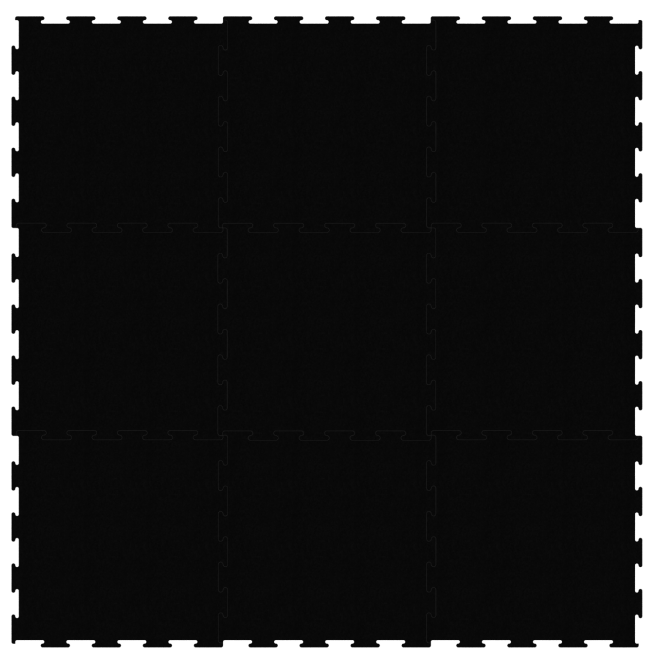


Hourglass
